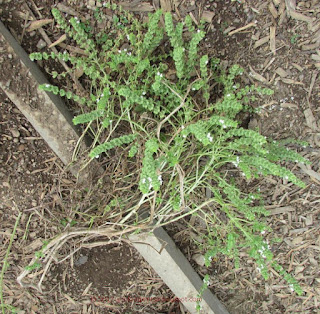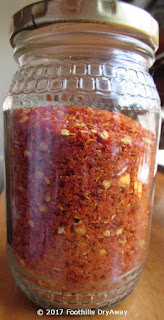For those who are new readers I'll give you a quick recap:
 |
| Granite tile crates |
We got some crates which had been used to pack / transport granite tiles from the local tile shop and placed them in our shadecloth veggie patch.
 |
| Once in position, the crate base was lined with stones - to keep moles out, and to allow for adequate drainage / prevent compaction at the base |
 |
| one of the layers of alpaca poo |
 |
| Lined and layered - it was allowed to settle for a month |
Then we layered straw, alpaca poo, soil, straw, alpaca poo, soil, etc (plus some bone meal) until it was full. it was watered and allowed to "sit" (a.k.a. sink / settle) for a month, after which it was topped up again.
I have always had difficulty growing ginger, turmeric and carrots in our stony, clay beds. So, I throught I'd try growing them in the raised beds and see if I had more success...
 |
| Those turmeric leaves are +/- 4 feet high |
Well, I'm please to say the attempt was successful. The pic above is the turmeric. Actually, I planted the corms in the wrong season, and forgot about them. Lo, and behold! one day I spotted growth, and thinking back, I recalled that turmeric had been placed there.
 |
| I always think of alpaca's when I see carrot tops - they l-o-v-e them ;D |
The carrots - they did bloody marvellous mate :D with no distortion of the carrot due to stones ('cos there were no stones in the bed lol).
 |
| My finger gives you something to compared the carrot top to |
 |
| Matchbox for size indication, and scale weight as proof |
 |
| Proof that the 540gm carrot was not an isolated thing - there are others still in the bed of a similar size. |
 |
| Yummy, home-made coleslaw |
Absolutely bloody delicious :D Juicy and sweet.
Half of the 540 gm carrot immediately went into a coleslaw, the rest will make some yummy carrots in honey butter. And the tops were wolfed down by the alpaca's.
No waste here lol
All that alpaca poo, soil and straw layering definitely paid off. I'm very happy with the results and will now allocate one of the three raised (crate) beds / year to carrots - rotating each crop between the three.


































